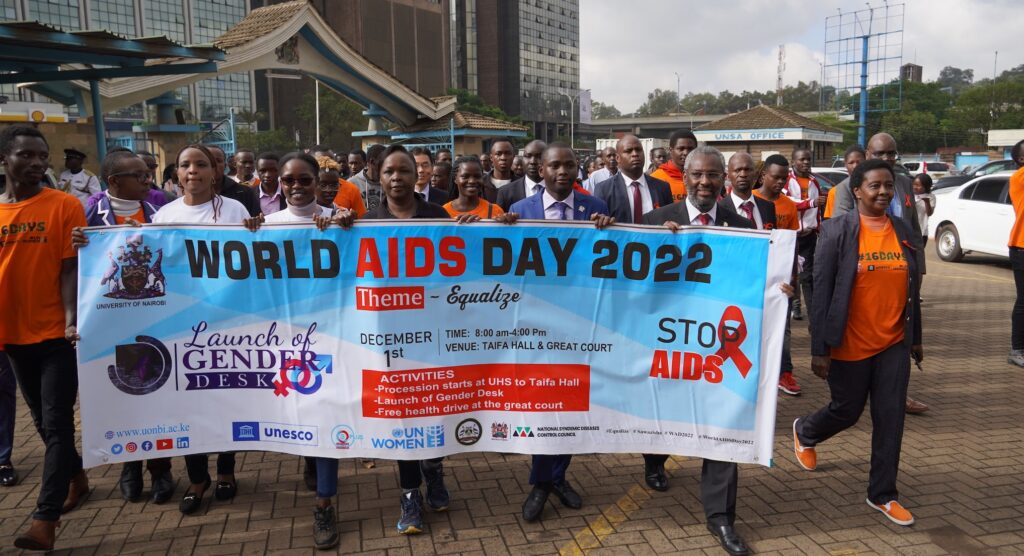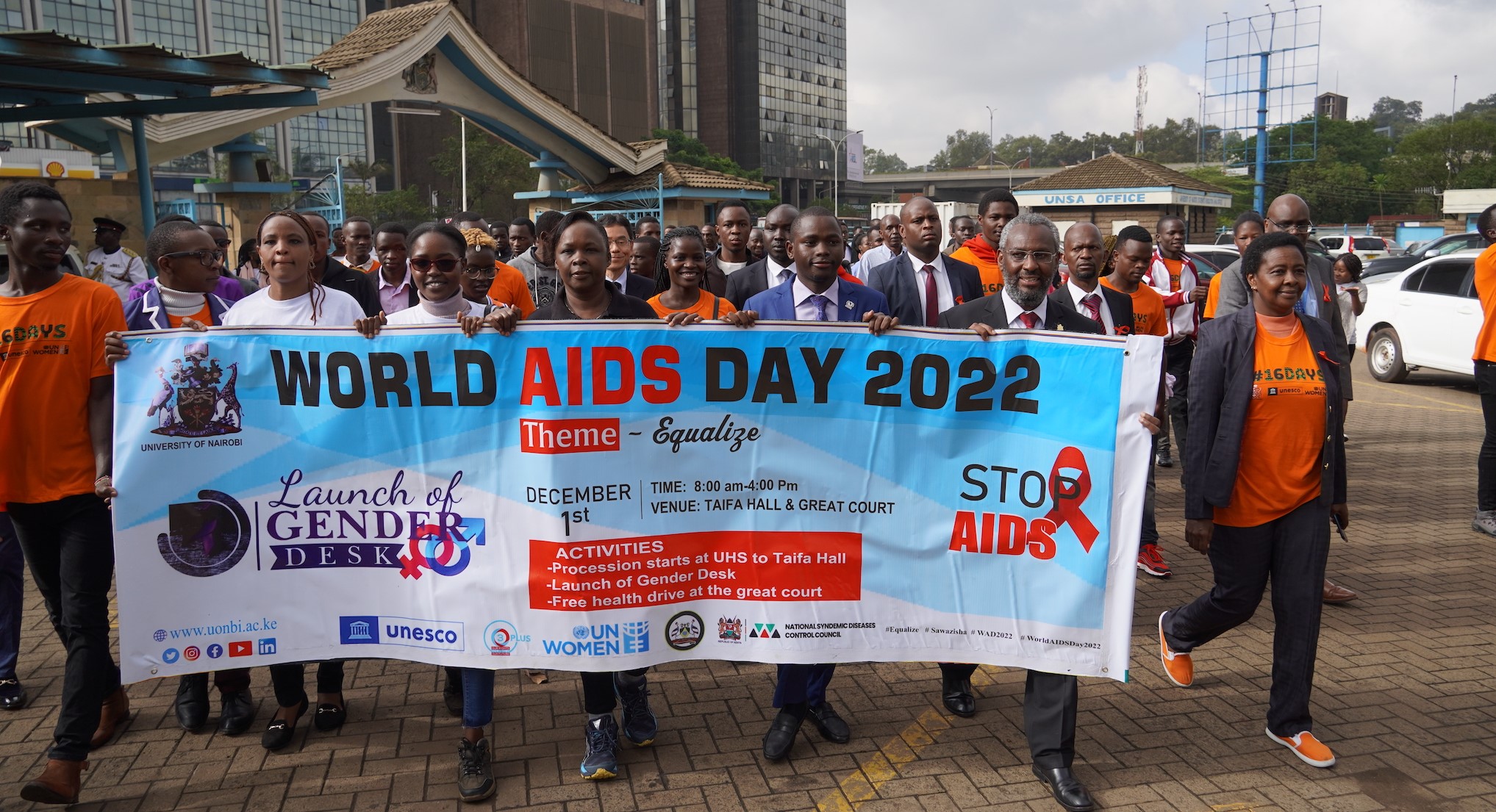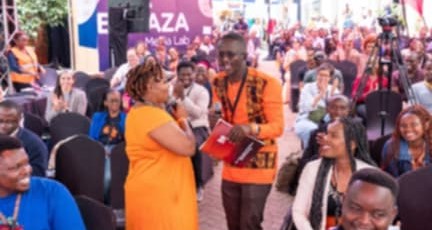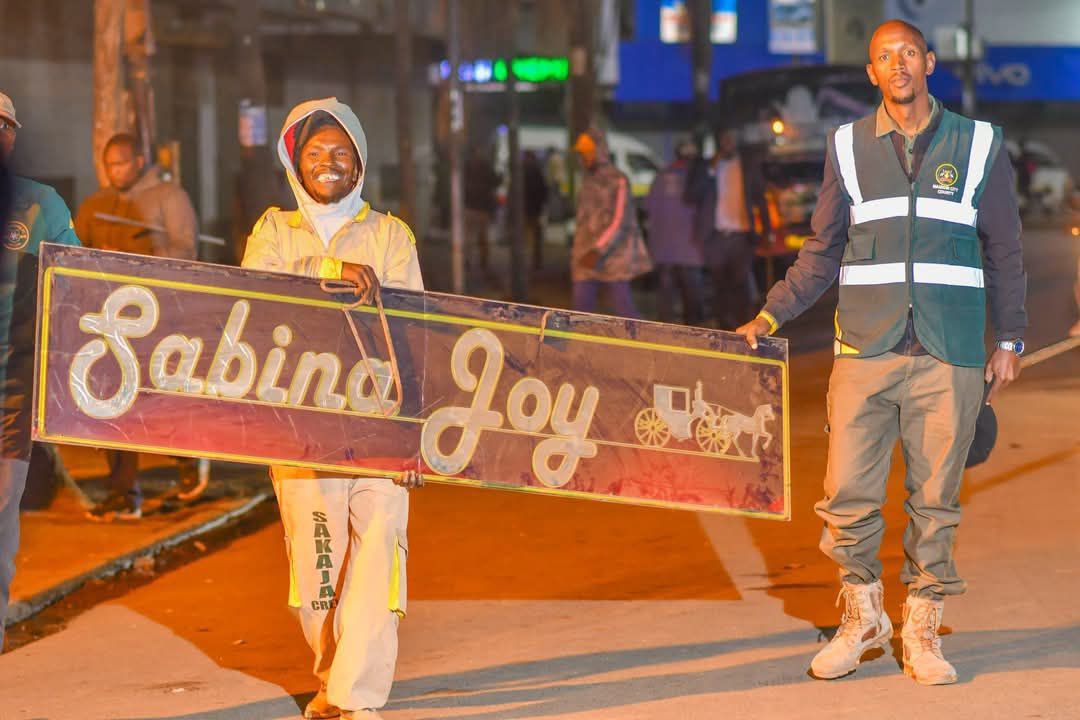The Emergence of Triple Threat HIV Infection That Is ‘Wiping Off’ Bungoma Women

By Isabella Maua
Women and girls aged between 10 to 19 years remain a great hindrance to Kenya’s pledge to end HIV/AIDS as a public health threat by 2030.
This is due to Triple Threat (New HIV infections),teenage pregnancies and sexual gender – based violence which have compromised health, socio- economic and psychological well being of the victims.
According to reports by National Syndemic Diseases Control ( former NACC), girls who don’t compete secondary school education have higher vulnerabilities to HIV,STI and related complications, poor health outcomes i.e risk of premature birth, low birth weight, perinatal death and disability.
“Besides, teenage mother diagnosed with HIV must cope with the mistimed pregnancy, HIV diagnosis and initiation onto lifetime treatment hence poor outcomes within the prevention of the mother -to- child transmission continuum of services,” indicated the report.
Despite women and girls bearing the brunt of gender inequalities, sexual and gender based violence, HIV and teenage pregnancies; Triple Threat have also impacted negatively on the physical and mental health of those affected.
This in many occasions has promoted the poverty cycle from family, societal and national levels further increasing the burden of social services, healthcare and education.
Reports show that 1 in every 5 Kenyan adolescent women aged 15 to 19 are already mothers or are pregnant with their first child. In 2021,21% of all pregnant women were among that bracket accounting to 317,644 teenagers.
In a situation analysis by NSDCC 2022,Bungoma County has recorded HIV prevalence of 2.7% with 40,439 people living with HIV overall.
However,54% of new HIV infections is amongst young people 0-24 years with the age cohort 15-24 years contributing 36% of the whole.
In 2022, Webuye East was leading in adolescent pregnancies at 32%, Mt.Elgon at 26%, Kabuchai and Webuye West at 25%, Cheptais at 23%, Kimilili and Tongaren at 22%, Sirisia at 21%, Bumula at 19% and Kanduyi at 17%.
There however, lies hope with the community dialogue being conducted by NSDCC which target community leaders, gate keepers, NGAO officers, opinion and religious leaders who are expected to cascade the information to masses effectively.






